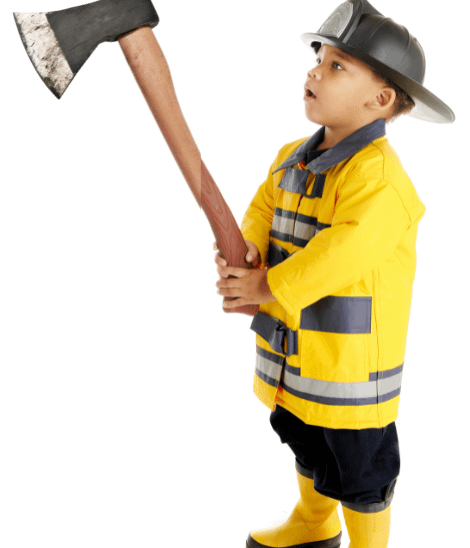The 17-second rule is a parenting technique designed to help children develop resilience and self-confidence by allowing them to engage in risky play without immediate intervention.
What Is the 17-Second Rule?
- When a child engages in risky play (such as climbing a tree or riding a bike down a steep hill), parents are encouraged to wait 17 seconds before stepping in.
- This brief pause allows children to assess risks independently, make decisions, and build confidence in their abilities.
Why Is Risky Play Important?
- Helps children develop problem-solving skills and decision-making abilities.
- Encourages physical coordination and self-awareness.
- Builds resilience by allowing kids to experience challenges and overcome them.
- Teaches children to evaluate risks rather than rely on constant parental supervision.
Examples of Risky Play
- Climbing trees or playground structures.
- Running at high speeds or jumping from heights.
- Using tools (like hammers or knives) in supervised environments.
- Exploring nature, such as wandering in the woods or playing near water.
How Parents Can Apply the Rule
- Instead of immediately saying “Be careful!”, observe for 17 seconds.
- If the child is in real danger, step in—but if they are simply exploring, let them continue.
- Encourage safe risk-taking by discussing potential hazards and solutions.
More Information on the 17 Second Rule
This approach helps children learn through experience while reassuring parents that they are fostering independence rather than overprotecting. Would you like tips on how to integrate this into your school with a Stretch-n-Grow programme? Contact us Take a look at Stretch-n-Grow Worldwide





